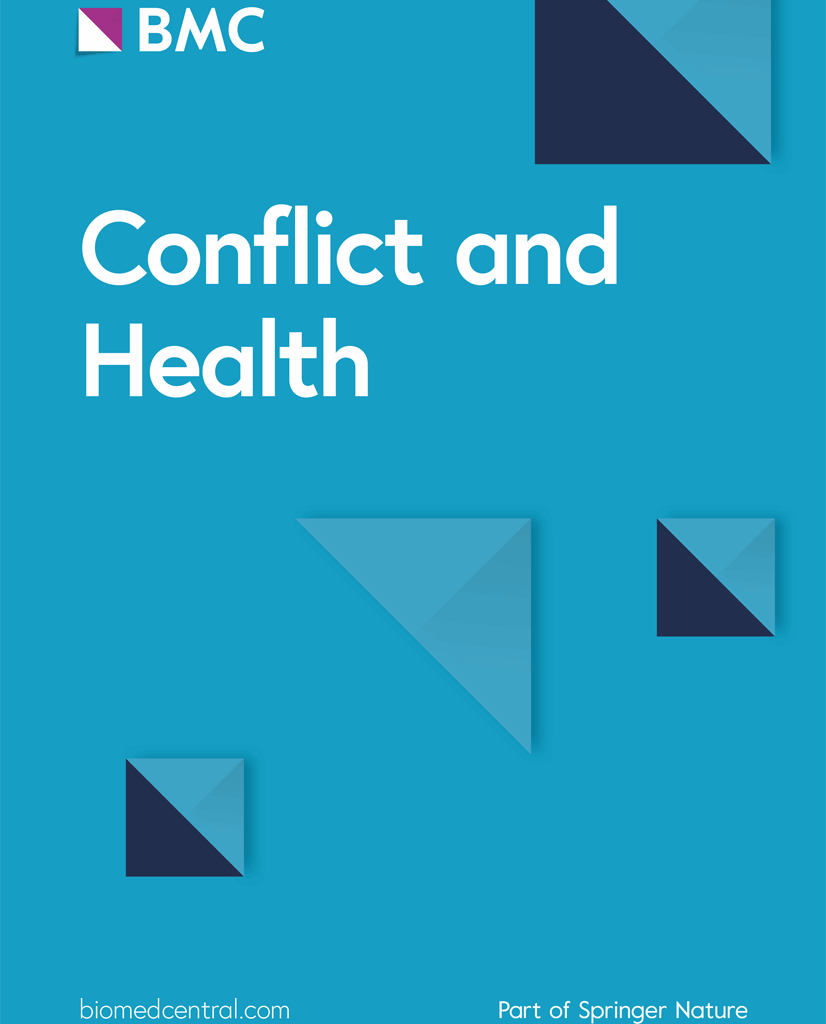To-date there has been relatively limited research exploring the policies, models and implications of integrating refugees into health systems in LMICs [6,7,8,9]. Notably, there is limited evidence available to international, regional and national actors in terms of how policies integrating refugees have been implemented and received by local stakeholders, the types of arrangements that may work best in particular contexts, or the evidence base available to evaluate such strategies. In this supplement, we explore issues related to the question of integration by focusing on three countries, Lebanon, Jordan, and Uganda, hosting large refugee populations. Our analyses focus in particular on integration of Syrian refugees who fled Syria after the escalation of the civil war in 2012, and on South Sudanese refugees who fled to Uganda around 2013/14.
While all three countries involved in the study have integrated refugees to some degree, they represent very different models for doing so. Specifically, the health system in Lebanon is market-oriented, with a strong private sector. Given this, and financial challenges faced by the government, refugee integration into the health system has emerged largely through external funding flowing through non-government entities to purchase services from both public and private health care providers. In Jordan, there is a far greater reliance on public health care providers which are largely tax financed through the civil insurance program [10]. In this context, external funding agencies such as UNHCR have made funds available to the government who in turn reimburse public health care providers for services offered to refugees. Finally, in Uganda, where there has been a very long-standing public commitment to refugee integration, districts which host large numbers of refugees approach health service planning for both refugee and host populations in an integrated fashion. While additional funding for refugees is received from external donors by the government, refugee and host communities in affected districts have identical entitlements to services provided through the local health care system.
Study teams in each of these three countries sought to understand how policies integrating refugees have evolved, particularly since 2012 the start of the Syrian refugee crisis in Jordan and Lebanon, and the South Sudanese crisis in Uganda, and how these policies have been implemented in practice. The teams employed a mix of qualitative and quantitative methods including (i) document review in order to understand the evolving policy environment; (ii) key informant interviews with policymakers, health service managers, health care providers, and civil society organizations (including those representing refugee populations); and (iii) review of routine data sources such as data from health management information systems, and records held by international organizations such as UNHCR.
This supplement is composed of six papers in addition to this editorial. The first paper (El Nakib et al.) provides a global level perspective on how policy positions regarding the integration of refugees into health systems evolved, addressing questions such as the power of different actors, the policy networks that supported change, the framing of arguments, and critically the broader policy context, notably the impact of the Syrian refugee crisis on the position of European governments. The next three papers explore similar questions about how policies on refugee integration into health systems got onto the national agendas in Lebanon (El-Jardali et al.), Jordan (El Nakib et al. a) and Uganda (Komakech et al.) and how those policies have been implemented in practice. These three papers offer both contrasts and similarities. In Uganda, in the context of strong political commitment to refugee integration for decades, there has been a sustained and steady process of policy change, learning and further institutionalizing policies so that guidance on refugee integration is fully captured across policy and guidance documents down to the local level. By contrast, refugee integration in Jordan and Lebanon has been a more recent phenomenon, with some wavering of government commitment over time. In particular, commitment to refugee integration has been closely aligned with the degree of support from international partners such as UNHCR and the World Bank, and occasional relapses in government commitment when financial implications of integration have appeared prohibitive. While similar study tools were used across the three countries, the stories of policy change matched differing policy theories: the Lebanon and Jordan papers employ Kingdon’s three stream model [11] of policy change reflecting the opening of a policy window shortly after the Syrian refugee crisis occurred; the Uganda paper uses the Walt and Gilson policy triangle model [12] to reflect the more incremental processes through which policy change occurred; and the global paper uses Shiffman and Smith’s framework for policy priority [13].
Two additional papers are included in this supplement. One is a more in-depth case example from Lebanon on the implications of refugee integration policies on health systems (e.g. access, availability and quality). This paper captures the perceptions and experiences of stakeholders including host and refugee populations towards refugees’ integration. A final paper reflects on the status of routine health information systems across all three study countries, and the degree to which they support understanding of the needs of refugee populations; the services that this population are using; and the impact of refugee integration on the broader health system. The paper makes clear that health information systems for refugee and host populations typically remain siloed creating risks of missing data, as well as duplication of data. Further, the inability of health information systems to disaggregate refugee from host populations limits opportunities for understanding health service access issues in both populations, and developing targeted interventions to address them.

